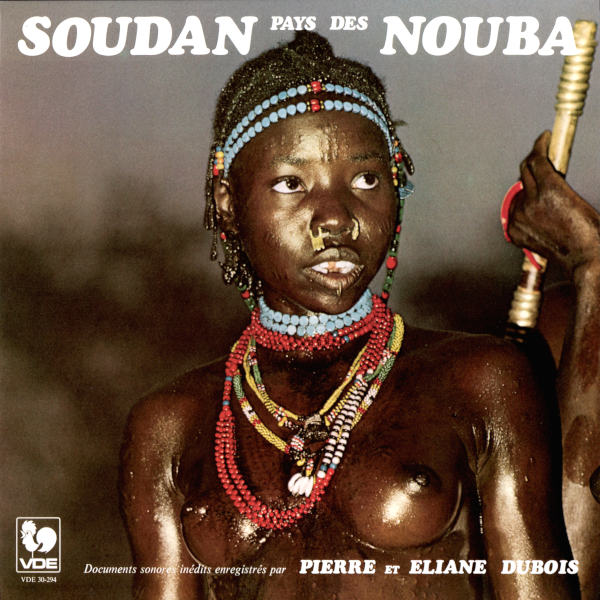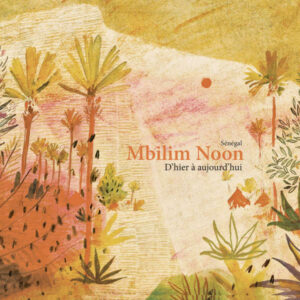Extraits / Excerpts
Sudan, country of the Nuba - Pierre et Éliane Dubois
Sudan, country of the Nuba
Danse tribale avec chants des femmes – Ambiance d’un “Sibr” au village de Fama – Danse des hommes avec cornes et hochets – Guitare et chant rituel accompagnant les peintures corporelles – Tambours et chants rituels de la danse de Nyertoun – Chants de jeunes filles lors de réjouissances à Abiey – Chants et danses de la population – Chants des hommes à Delami – Chants des femmes à Delami – Musique au son de “wasa” trompes en fruits séchés – Chant folklorique soudanais à Khartoum – Tam-tam arabe à Babanoussa
Les Nouba – Documents sonores authentiques de Pierre et Éliane Dubois.
Authentic Sound Documents by Pierre and Eliane DUBOIS
During their last major expedition in the largest country in Africa, Sudan, Pierre and Eliane DUBOIS had the opportunity to discover the customs and traditions of little-known but extremely interesting indigenous groups. They made a 16mm documentary film and recorded a large number of current and vibrant music among these populations, which they present on this record. Their journey allowed them to explore Khartoum, the capital, where the Blue and White Niles converge, with the Blue Nile originating from Ethiopia and the White Nile from Uganda. They also traversed the Nubian Desert in the north with its archaeological sites, the Red Sea to the east with Port Sudan and the ancient city of Suakin built on a bed of coral, and the Dinder and Nimule parks on the Ethiopian and Ugandan borders, which are home to elusive wildlife that is difficult to approach.
However, Pierre and Eliane DUBOIS’ primary goal in Sudan was to meet isolated and even primitive populations. After immersing themselves in the lives of the Arab nomads in the north and the African blacks in the south, they spent time among the Nuba ethnic group in Kordofan. They first stayed with the Nouba Miri, Korongo, and Massakin, and then among the fascinating Nouba of the Southeast, inhabiting the villages of Kau, Niaro, and Fungor, where they had the unique chance to observe their intriguing rituals.
All the selected music on this record, as diverse as the numerous ethnic groups that make up Sudan, reflects both the joy of life specific to African populations and serves as ethnomusicological documents of great interest.
- Categories
- Interprets
- Booklet










